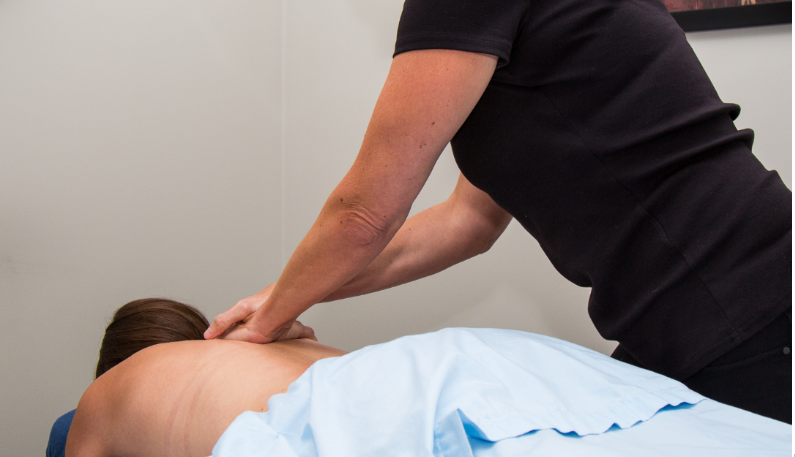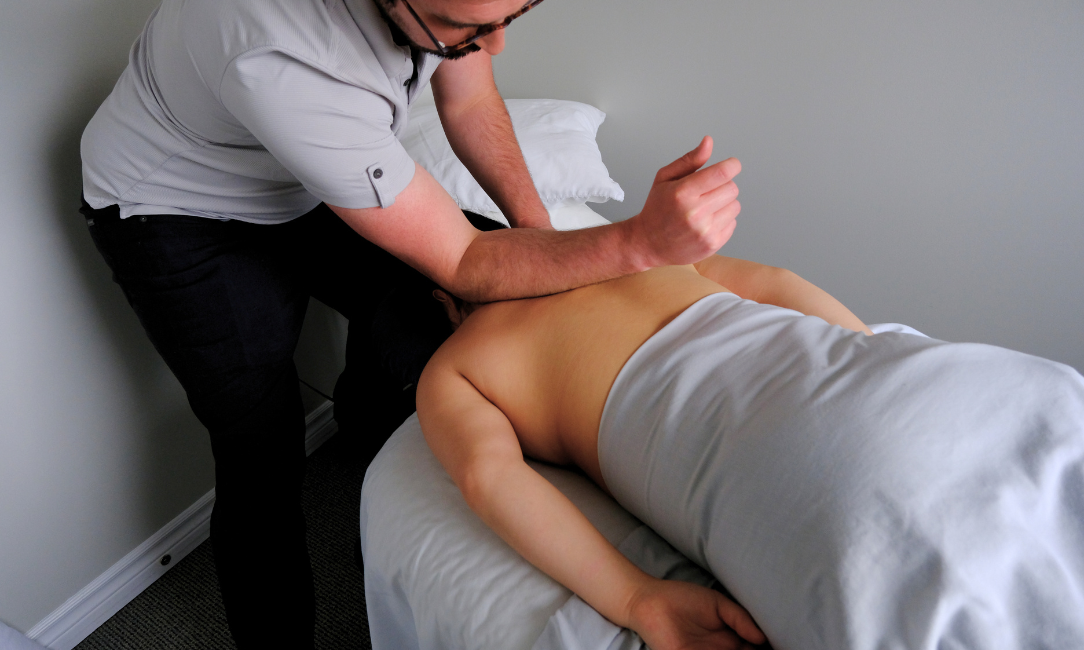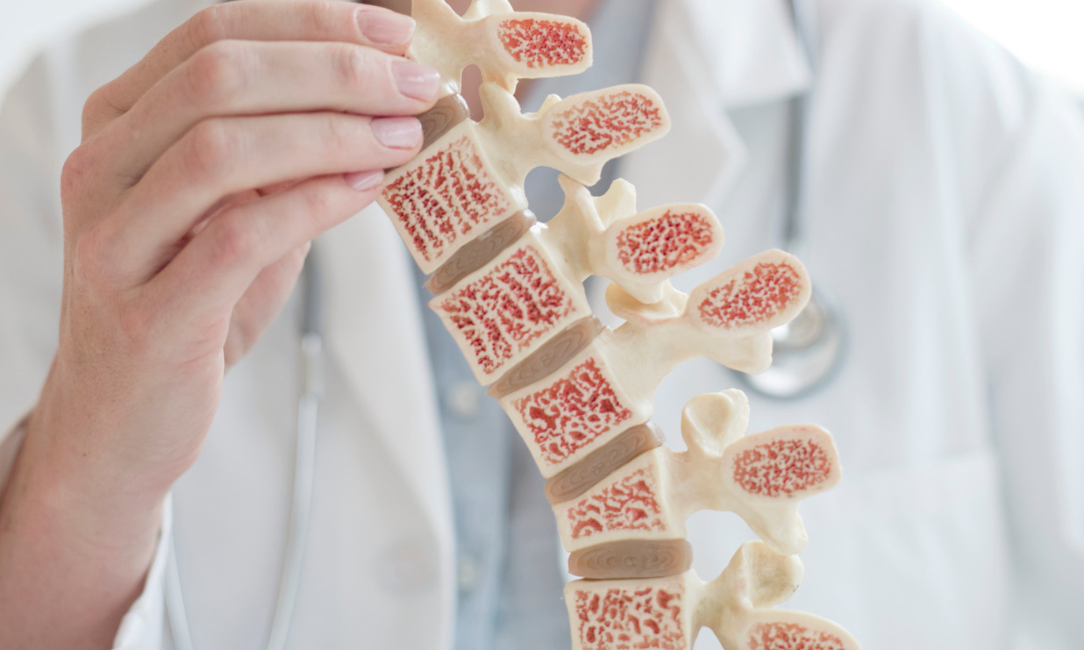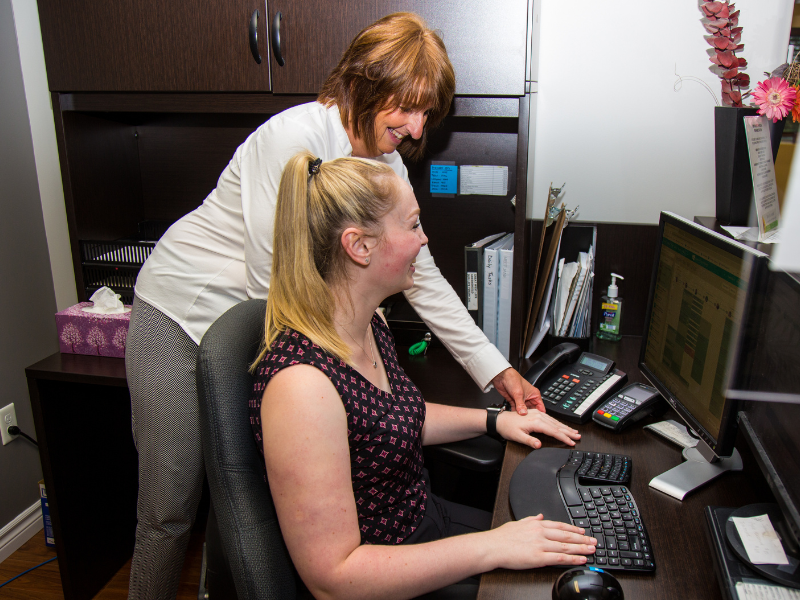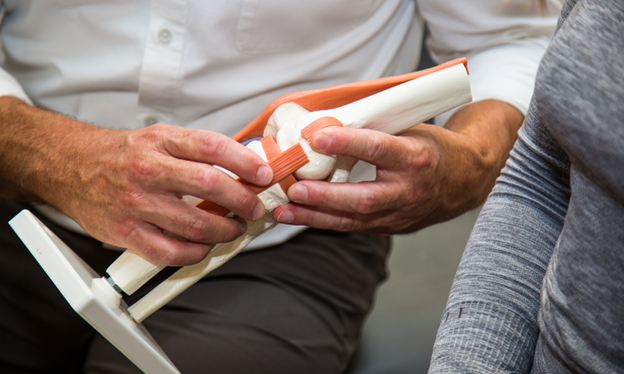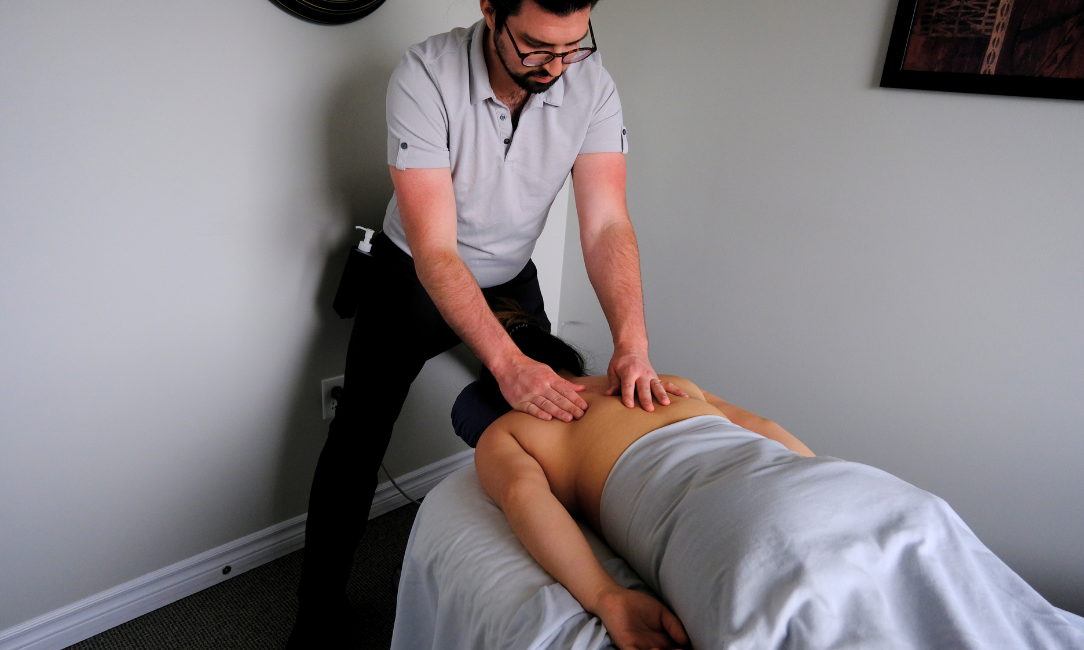What is a tennis elbow?
by Lorraine Breau-Thompson, PT
Lateral epicondylitis, also known as tennis elbow, refers to inflammation of a wrist extensor tendon attaching from the outside of the elbow down to the hand. It usually presents as local elbow pain which can radiate into the forearm. The function of the muscle is to extend the wrist (movement toward the back of the hand) as when tennis players do a backhand swing with their racquet. During this quick connection of the ball with the racquet, the wrist extensor muscles make a powerful contraction which can cause micro tears at the elbow attachment. Most people who present with this injury have never played tennis. It is also commonly brought on with repetitive wrist action, whether during sport, work or daily activities. A hard strike to the lateral elbow can also start an inflammatory reaction, especially if directed to a specific point of the elbow.
Tennis elbow is typically treated with the use of ice, rest from the aggravating activity, gentle stretches, massage, electrical modalities and anti-inflammatory medication ( if your doctor advises you to take these). As your pain settles, your health care practitioner can teach you exercises to assist in your recovery. A tennis elbow brace is often helpful in reducing pain when having to use your hand. In order to avoid developing a tennis elbow, vary your activities when possible to avoid repeatedly using the same muscles.
To learn more about this and other conditions, please feel free to contact Empower Physical Rehabilitation at 902-865- 8100.
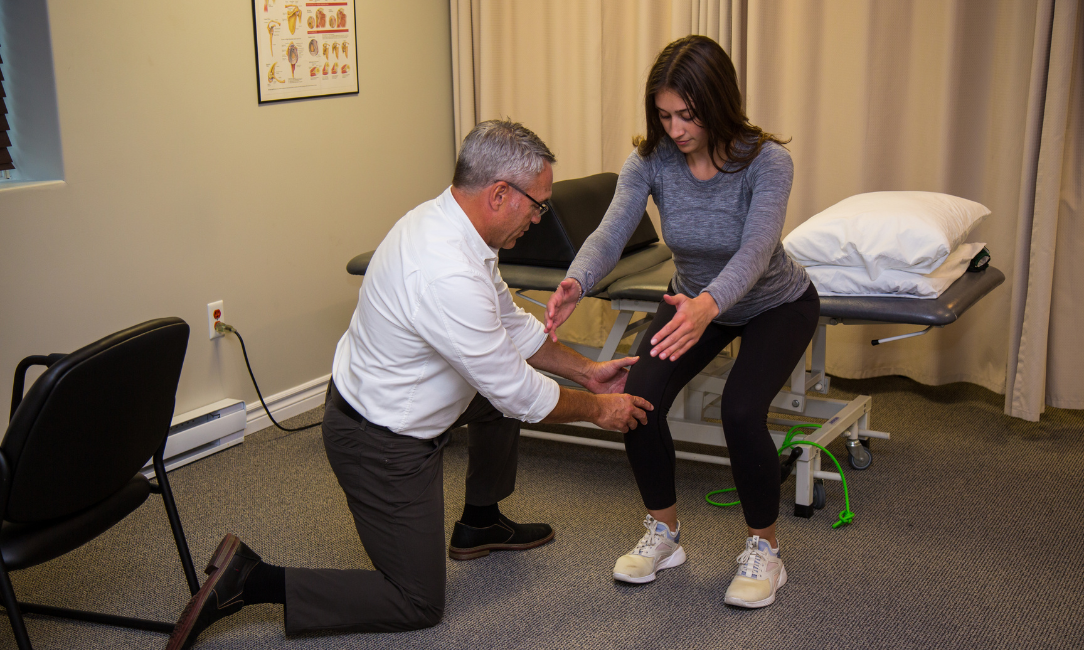

The Role of Physiotherapy, Massage Therapy, and Occupational Therapy After Joint Replacement Surgery
